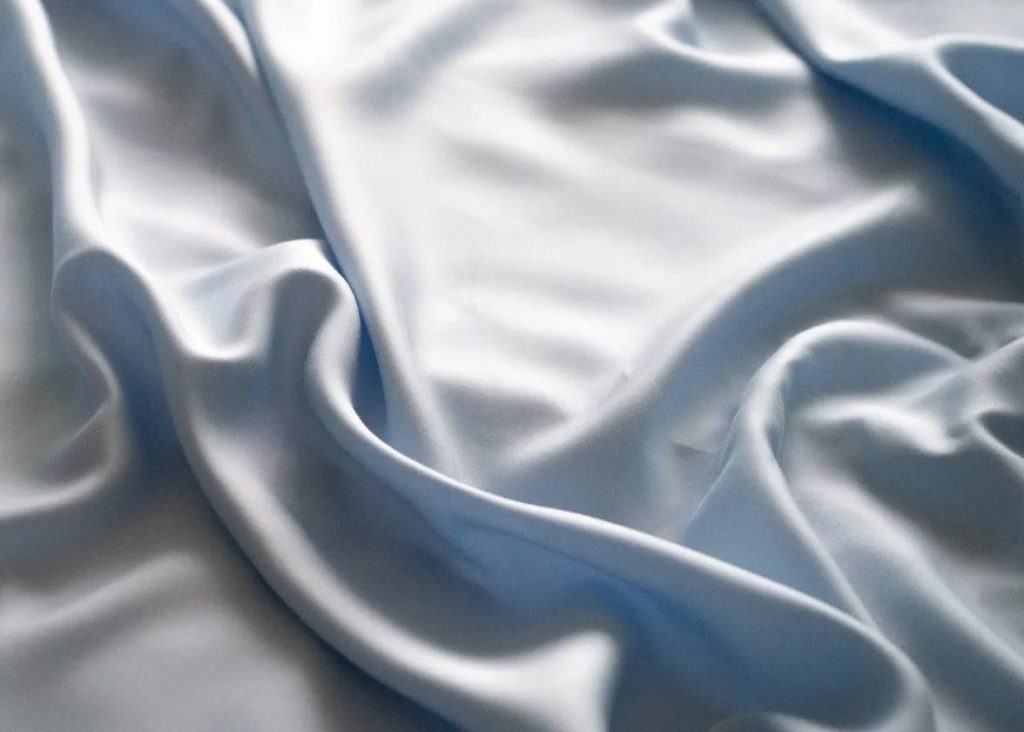
In the world of textiles, elastane has emerged as a revolutionary material, transforming the way we perceive and experience comfort, flexibility, and durability in clothing. This article delves into the intricacies of elastane, exploring its properties, manufacturing process, and the factors that contribute to its high quality. By understanding the unique characteristics of elastane, we can appreciate its significance in various industries and its impact on the fashion and sportswear markets.
- The Science Behind Elastane:
Elastane, also known as spandex or Lycra, is a synthetic fiber renowned for its exceptional elasticity. Its molecular structure consists of long-chain polymers, which can be stretched up to 500% of their original length without losing shape or breaking. This remarkable stretchability is the key to elastane's high quality, making it an indispensable component in garments that require flexibility and shape retention. - Manufacturing Excellence:
The production of high-quality elastane involves a meticulous manufacturing process. It begins with the synthesis of polyurethane, a crucial component that imparts elasticity to the fiber. The polyurethane is then spun into fine filaments, which are combined with other fibers, such as polyester or nylon, to create a blend. This blending process ensures optimal stretch and recovery properties, resulting in a fabric that can withstand repeated stretching without losing its original shape. - Unparalleled Comfort:
One of the defining characteristics of high-quality elastane is its ability to provide unparalleled comfort. The fabric's elasticity allows it to adapt to the body's movements, providing a snug yet non-restrictive fit. This feature is particularly beneficial in activewear, where freedom of movement is essential. Additionally, elastane's moisture-wicking properties help to keep the wearer dry and comfortable, making it ideal for sportswear and undergarments. - Durability and Longevity:
High-quality elastane exhibits exceptional durability and longevity, ensuring that garments retain their shape and elasticity even after prolonged use. This is achieved through advanced manufacturing techniques that enhance the fiber's resistance to degradation from factors such as UV radiation, chlorine, and perspiration. As a result, elastane-based garments maintain their performance and aesthetic appeal, providing long-lasting value to consumers. - Versatility and Fashion:
Elastane's versatility extends beyond sportswear and activewear. Its ability to enhance the fit and comfort of clothing has made it a popular choice in various fashion applications. From form-fitting jeans to body-hugging dresses, elastane adds a touch of stretch and contour, enhancing the overall aesthetic appeal. Its presence in fashion collections has revolutionized the way designers create garments, allowing for greater creativity and innovation.
Conclusion:
Elastane, with its exceptional stretch, comfort, durability, and versatility, has become synonymous with high-quality stretch fabric. Its unique properties have revolutionized the textile industry, enabling the creation of garments that offer superior fit, performance, and style. Whether in sportswear, fashion, or everyday clothing, elastane continues to shape the way we experience comfort and flexibility. As technology advances and manufacturing techniques evolve, the future of elastane holds even greater promise, ensuring that high-quality stretch fabric remains a staple in our wardrobes for years to come.







